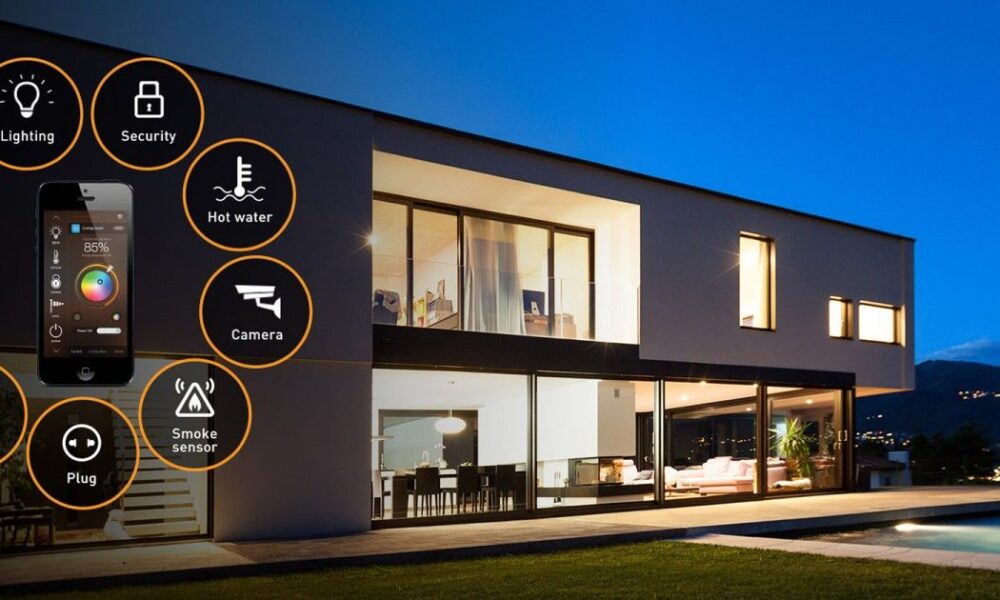Home automation systems are quickly becoming a popular addition to many households. They offer convenience, security, and energy efficiency. However, for those who are new to the world of home automation, it can be overwhelming to know where to start. This guide will provide an introduction to home automation systems and help beginners understand the basics.
What is a Home Automation System?
A home automation system is a network of devices and appliances that can be controlled from a single interface, usually a smartphone or tablet. These devices can include lighting, heating and cooling, security systems, and even kitchen appliances. The purpose of a home automation system is to simplify and automate daily tasks, making life easier and more efficient.
The Benefits of a Home Automation System
There are several benefits to having a home automation system:
- Convenience: With a home automation system, you can control all of your devices and appliances from one place, making it easy to manage your home.
- Security: Many home automation systems include security features such as cameras and motion detectors, providing you with peace of mind when you’re away from home.
- Energy Efficiency: By automating your lighting and heating and cooling systems, you can save energy and reduce your utility bills.
- Accessibility: For those with disabilities or mobility issues, a home automation system can make it easier to manage daily tasks and live independently.
Types of Home Automation Systems

There are two main types of home automation systems:
- Centralized Systems: These are also known as hub-based systems and require a central hub or controller to connect all devices and appliances. The hub acts as the brain of the system and allows you to control all devices from a single interface. Examples of centralized systems include Samsung SmartThings and Wink.
- Decentralized Systems: These systems don’t require a central hub and instead rely on individual devices to connect and communicate with each other. Examples of decentralized systems include Nest and Philips Hue.
Getting Started with a Home Automation System
Before you invest in a home automation system, there are a few things to consider:
- Compatibility: Make sure the devices and appliances you want to automate are compatible with the home automation system you choose.
- Cost: Home automation systems can range in price from a few hundred dollars to several thousand dollars. Determine your budget before making a purchase.
- Installation: Some home automation systems require professional installation, while others can be installed by the homeowner. Consider the level of installation required before making a purchase.
Once you’ve chosen a home automation system, it’s time to set it up. Follow the manufacturer’s instructions carefully, and don’t hesitate to reach out to customer support if you need assistance.
Home automation systems offer a wide range of benefits, including convenience, security, and energy efficiency. By understanding the basics of home automation systems, beginners can make informed decisions when choosing a system that fits their needs and budget.





